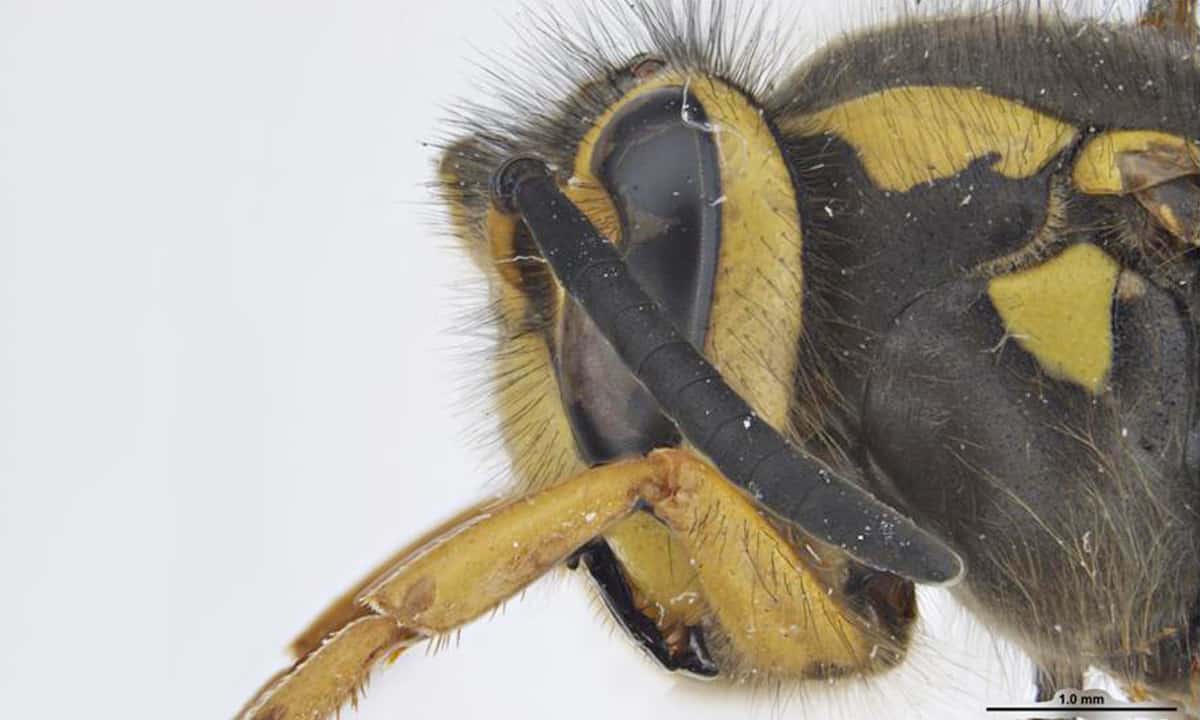Given ants are about the worst category of invasive species there is, it is alarming to know that ants, including the worst ant species of all, are surging in popularity as pets, writes Tim Low.
In 2002 there were only a couple of websites in the world selling queen ants or ant colonies, now there are more than a hundred traders offering more than 500 ant species, largely for export. More than 20 countries have ant traders, with the largest concentrations in Europe, and others in Asia, North America, Australia and South Africa.
A recent study of ant traders found them selling 13 of the 19 worst ant invaders listed by the International Union for Conservation of Nature (IUCN). These include the main species Australia is eradicating – the red imported fire ant (Solenopsis invicta), electric ant (Wasmannia auropunctata) and yellow crazy ant, plus others of grave concern such as the big-headed ant (Pheidole megacephala) and tropical fire ant (Solenopsis geminata). At least 57 species known to be invasive have entered the trade.
These unidentified sugar ants (Camponotus sp.) from Australia, ready for mailing abroad, are marketed on a German website.
Flight risks
The authors of that study, Jérôme Gippeta and Cleo Bertelsmeiera of the University of Lausanne in Switzerland, note that ants are very easy to sell globally, because a queen, a few workers, and some brood can easily be delivered through standard mail. The pet trade is well known as a source of invasive fish, birds and reptiles, and a contribution to ant problems can be expected next. Ant traders sell ant-i-slip and fluon sprays to help stop ants climbing smooth surfaces to escape. That these products need regular application points to high risks of escapes.
According to Mack Pridgen of Tarheel Ants in the US, the red imported fire ant is one of the five main species kept in America. His information sheet warns of their readiness to sting and that the “size and sheer number of the foraging worker-force can lead to many escapees during feeding”. He suggests slowing the colony before feeding by placing it in the fridge for an hour or two.
Escaped workers can’t found a new colony, but a tiny gap in a container will allow queens as well as workers to escape, and fire ant colonies often have many queens. One can suppose that most Americans keeping fire ants live in regions that have them already, with risks arising when they move to a state such as Arizona without them.
Antstore (Ameisenshop) in Germany is an example of a large trader. It sells ants from six continents to customers within Europe, offering a stocklist of 125 species from Asia, 33 from Africa and 21 from Australia. The latter include nine bull ant species. The European Union prohibits trade in some invasive animals, but no ants are banned. Gippeta and Bertelsmeiera identify this as a serious shortcoming.
Ants from Asia
The most concerning trader is perhaps Ants from Asia, for offering a range of obscure rainforest species now afforded a chance to spread outside Asia, plus major pests such as yellow crazy ants (£40 a colony) and tropical fire ants (£15). For £25 you can acquire a colony of Asian army ants (Carebara diversa), which do well on baby mice, and that ‘can reduce a full grown gecko to a perfect skeleton overnight’. The company also exports termite colonies.
Ants are major ecosystem players, so massive impacts can be expected if escapes occur of species in the trade with special domineering behaviours, such as weaver ants (Oecophylla longinoda, O. smaragdina), leafcutter ants (Atta species), army ants, and Australian meat ants (Iridomyrmex purpureus).
Some of the ants in the trade aren’t even identified, selling under names such a ‘Camponotus cf. lilianae’ for an African species sold in Europe. The name means the species is similar to Camponotus lilianae found in the Congo and Kenya but is not the same. Who knows what risks these pose?
Australia’s bull ants are proving popular as pet ants exported to other countries. Photo: Tasmanian inchman | BJCAM43 | CC BY-SA 4.0
Aussie exports
Australian ants are traded in North America and Asia as well as Europe. Our bull ants (Myrmecia), including jackjumpers, are understandably popular, for unlike most ants they are large visual hunters with exceptional jaws; 16 species are traded. Other Australian ants sold in Europe include banded sugar ants (Camponotus consobrinus) and funnel ants (Aphaenogaster longiceps).
The Australian Government forbids the importation of pet ants, but we should worry about illegal mail imports, and also about our ants becoming invasive overseas. The website of the Ant Keeping Depot in Melbourne proclaims “We love shipping internationally”. It warns that deliveries may be subject to custom taxes or duties but does not mention quarantine restrictions other than saying that ants can’t be shipped to the US, Tasmania or Western Australia. Every other jurisdiction in the world apparently welcomes Australian ants.
Another Melbourne outfit, Queen of Ants, has a webpage exclaiming “We Ship Worldwide!”, assuring customers who choose any of its “beautiful and unique” Australian queens that “we will ship directly to you, where ever you are in the world!”.
Melbourne outfit Queen of Ants boasts worldwide shipping of “beautiful and unique” Australian queens.
The Invasive Species Council argued in our submission on the Biosecurity Bill 2014 that Australia should take some responsibility for the biosecurity risk of what we export, but the government wasn’t interested in that. Ants provide a reason to revisit the topic, because Australia is spending so much – hundreds of millions – eradicating ants it doesn’t want, and curbs on our ant exports would encourage other countries to address theirs.
One of the irksome aspects of the trade is sellers who portray themselves as environmentally friendly because their ants are sourced sustainably. The Queen of Ants website says you can “rest assured that all of our queen ants are collected in a sustainable manner and meet the requirements of the Department of Environment”. Ants from Asia has a detailed webpage about their “Ethical Collection” to show how much they care. But what should concern us most is not a depletion of ants but an excess, as domineering species escape somewhere new. Ants from Asia, let’s remember, offers customers tropical fire ants and yellow crazy ants.
Nature lovers?
Another disturbing aspect is evidence that those behind the trade are lovers of nature. You don’t devote your life to ants, or trek into the rainforest to collect them, unless you have an abiding interest in the natural world. Many of these traders may not grasp the risks they pose, and that is a reason the risks deserve more scrutiny from the media and conservation movement.
Alex Wild, curator of entomology at the University of Texas, is one of the few who has spoken out. He noted that My Ant shop was selling tropical fire ants with this advice: ‘This is not the dangerous invasive fire ant which is called Solenopsis invicta.’
Wild wrote this:
“Granted, the proprietor does note that the ant stings and requires buyers to sign a waiver. But seriously. Why sell a pest ant at all?”
The AntsCanada Global Ant Nursery Project, which is endorsed by Alex Wild, is one operation that seems responsible. It connects ant buyers all over the world with sellers in their own region so that local ants are the only ones purchased. It shows how the ant trade can operate responsibly. Ant colonies in the home can foster an interest in nature and concern for conservation, but non-invasive local ants should serve in that role.
References
Jérôme Gippeta and Cleo Bertelsmeiera 2021 Invasiveness is linked to greater commercial success in the global pet trade 2021 Proceedings of the National Academy of Sciences 118(14):e2016337118









